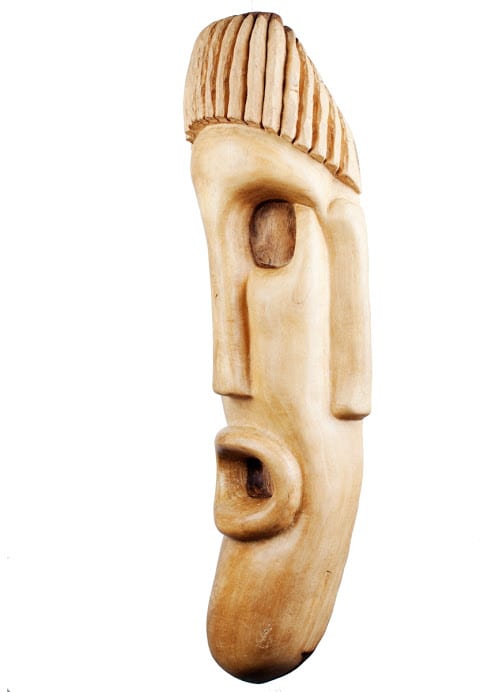Faculty Focus – Felix Torres
2017-11-08T16:22:11-08:00| by Thea Daniels The Art of Woodcarving & Sculpting w/ Felix Torres May 10th – June 28th Thursdays, 6-10pm On the floor of the Sierra Maestre mountainous forests, Cuban sculptor, Felix Torres, would find raw material for his next piece. Downed by hurricanes, Guyacan, Jigui, and Ebano Carbonero wood lay like ebony, dense and heavy, rich in form, and plentiful enough that, in seven years of caring every day, he never cut a tree. He often felt nature had designed and left the form; he was just putting the finishing touches, releasing the animal or symbol within. Falling for and marrying a Bay Area native, led him to relocate four years ago to the East Bay. Yet part of his heart and part of his future remain on his family land where a budding eco-artist community, Ecolonia Nuevo Mundo, continues to develop. |
 |
| Sculptors are on many street corners in Cuba. Torres saw a walking stick being brought to life and was hooked. “I was in Vedado (Havana) leaving my grandmother’s house with my mom when I saw a woodcarver in the street, I stopped in the street and held my mom’s hand so we she wouldn’t make us leave, and we watched for 20 minutes. After that I began to carve and never stopped working with wood for the rest of my life. “
By twelve, he was apprenticing and has tried to carve every day since. Although he has worked in other mediums, the organicness of wood is what calls to him most. Straight from nature ties in well to his spiritual connections, to the Afro-Cuban religious and indigenous images that influence his work. Tribal ritual carvings from cultures all over the world stimulate him. Many of his art pieces are walking sticks or masks, no two alike, which flow through him without thought into being. Commissioned sculptures sit in Zen Centers, private sanctuaries or celebrities’ apartments that he feels almost created themselves. Yet he is prouder of the love he has for his work than any one piece or product. For the goal of Torres’ work is the doing of it. Now teaching in a West Oakland high school, in addition to his work with youth and adults at the Crucible, his students’ spontaneity inspires him and their glowing class evaluations makes him weep. Torres believes he is providing a vital but missing part of education. He feels we have become unbalanced with our electronic way of life and that everyone should have some version of manual work to stay healthy. According to him we’d all be less stressed if we used our hands crafting something that allowed us to connect to a different part of ourselves than a keyboard reaches. One look at Felix’s smile and then his undulating wood figurines carved into vivid being, and you sense that what he says is true. Carving is health.
| |












